What’s the Role of the Land Carbon Sink in Achieving US Climate Goals?
Union of Concerned Scientists
APRIL 10, 2024
Without the considerable carbon absorption capacity of our lands (and oceans), we’d currently have much more CO 2 in the atmosphere and an accelerated timeline of warming. In North America, the land carbon sink between 2004 and 2013 offset roughly 39% of fossil fuel emissions , but varied substantially year to year.

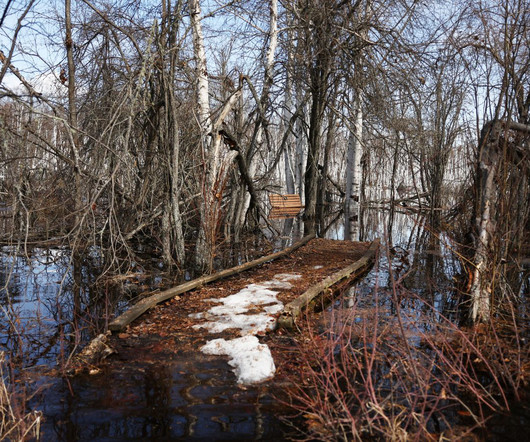
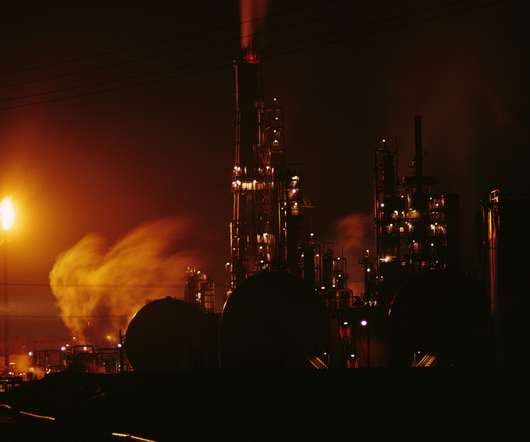
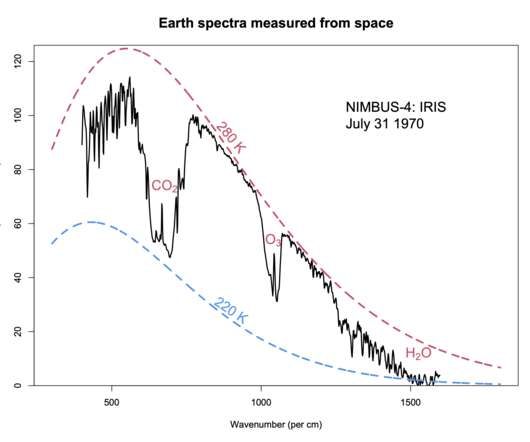
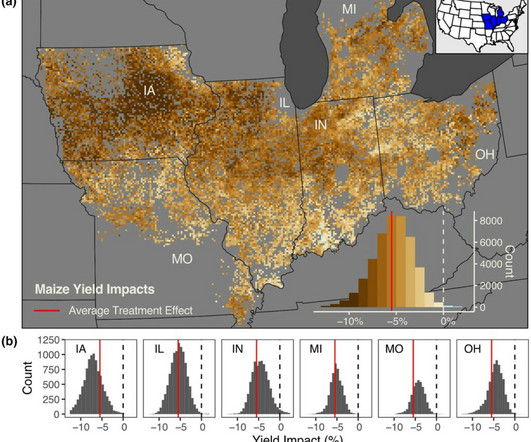
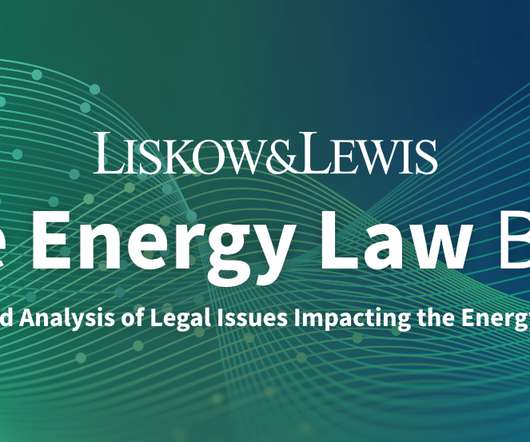

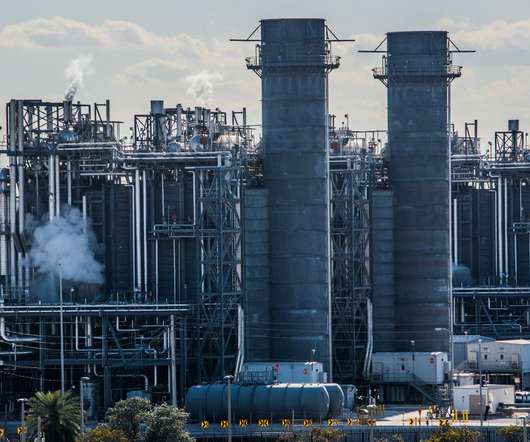


















Let's personalize your content